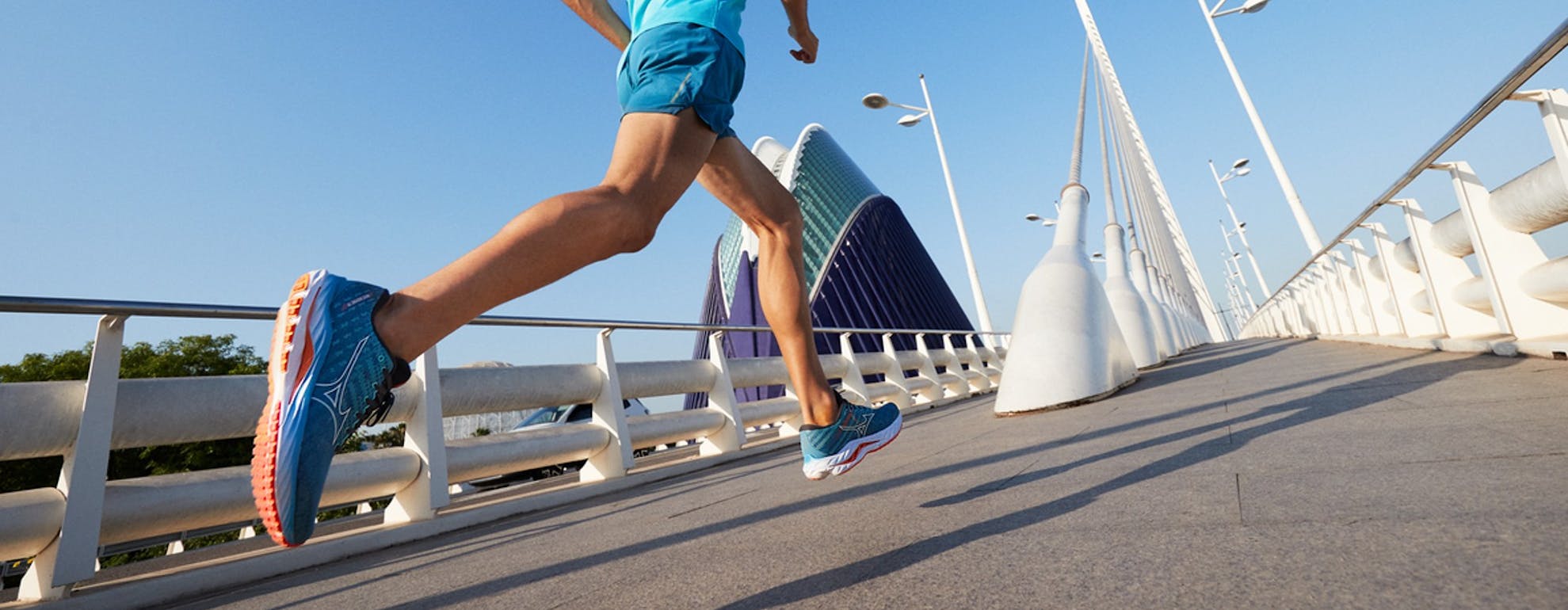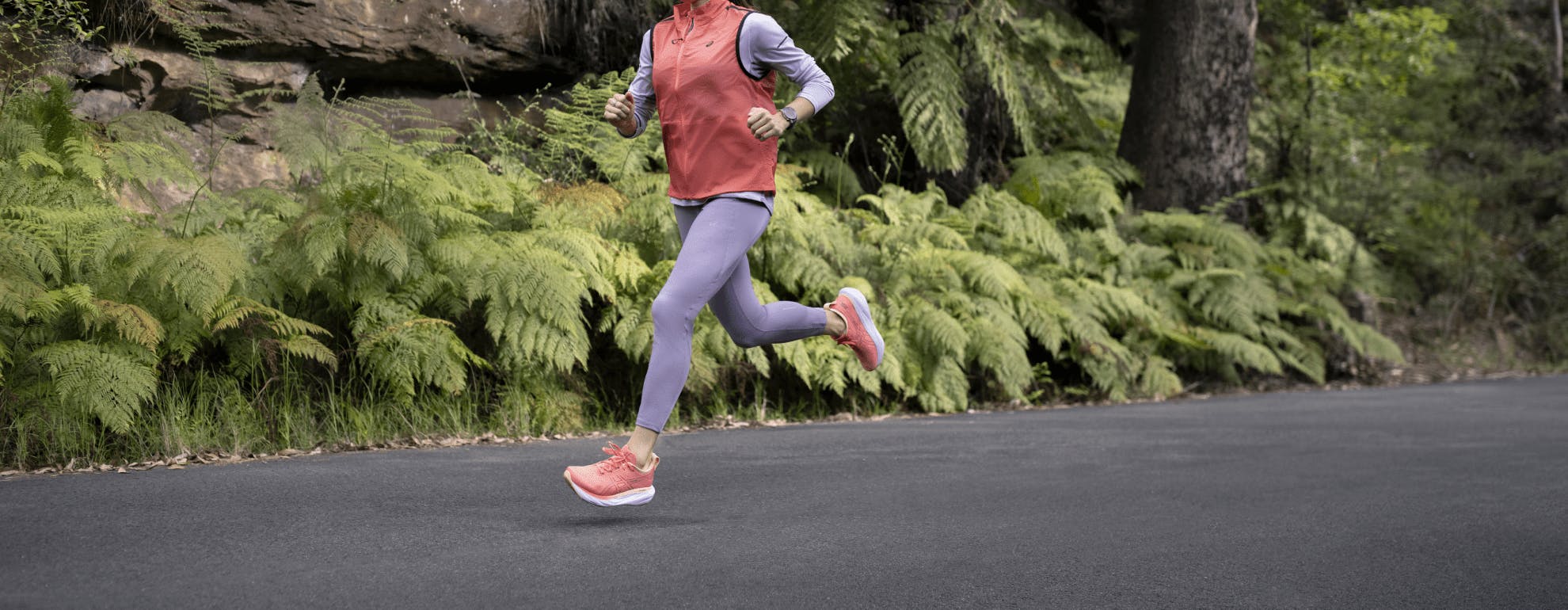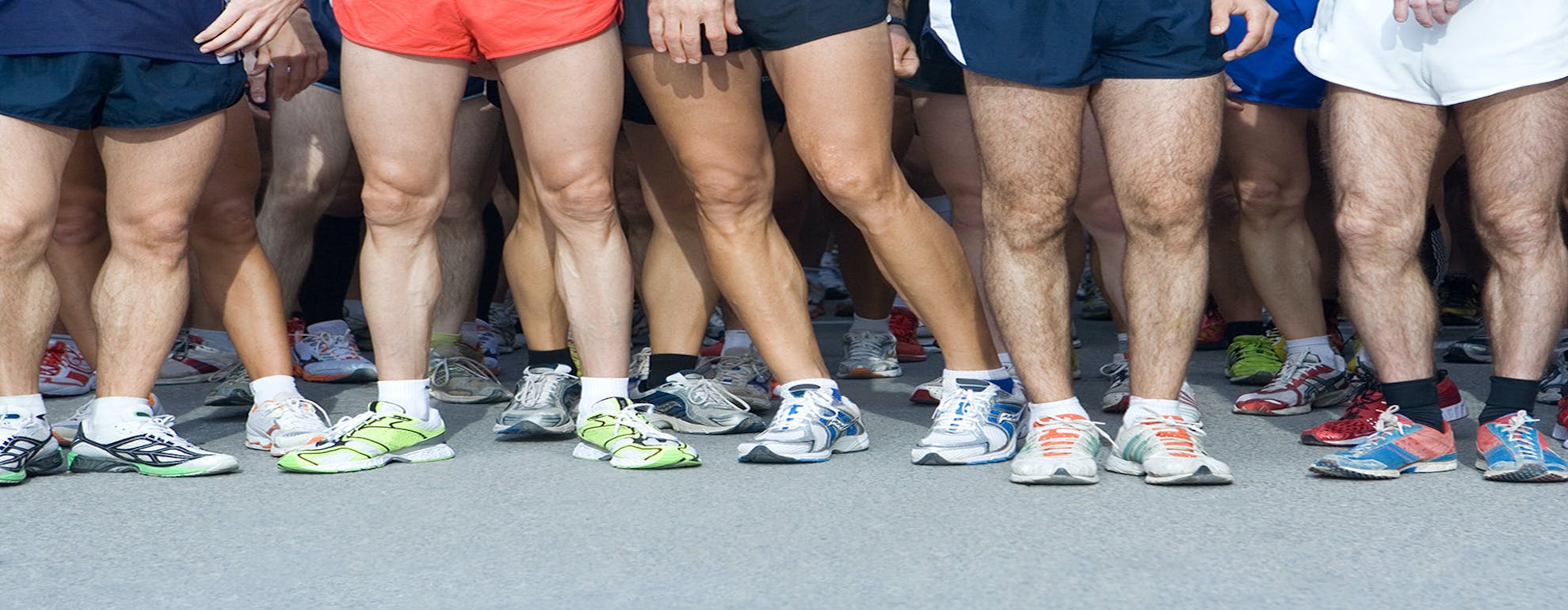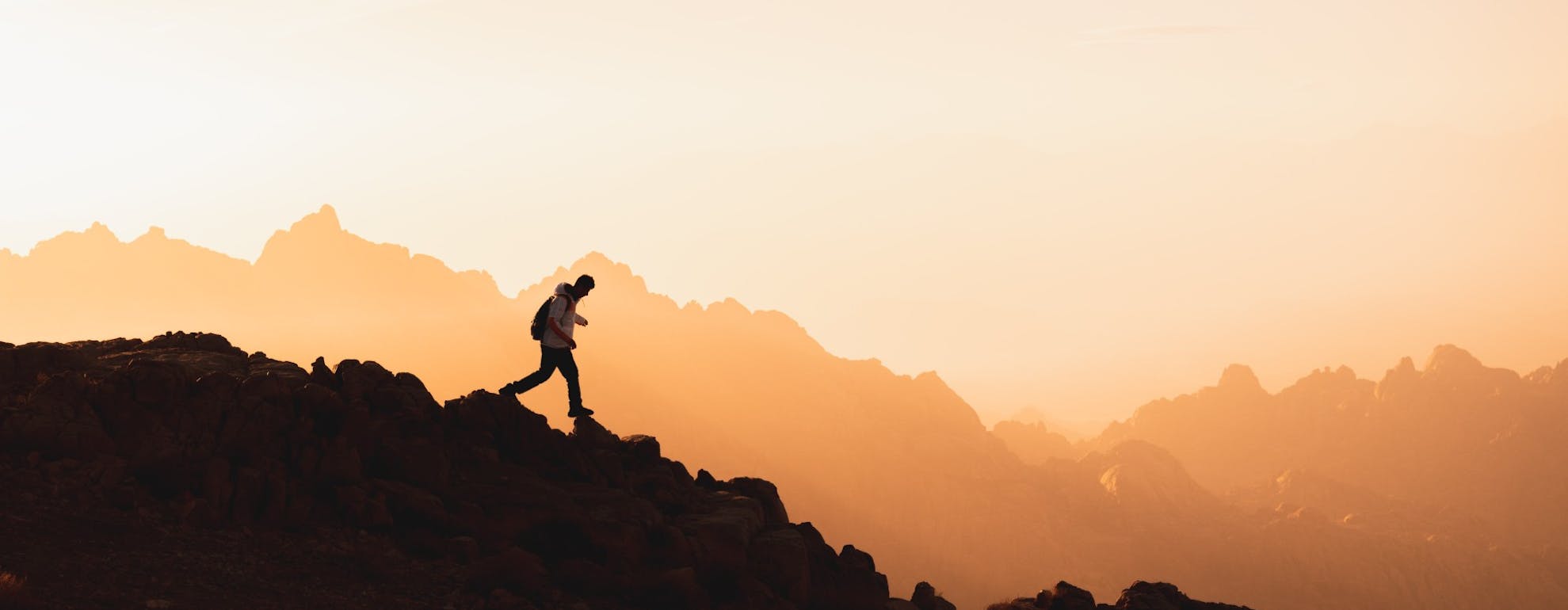
Kit & Gear
What is Fastpacking?
If you love trail running, the chances are that you’re also a fan of the great outdoors, new adventures and being at one with nature. Combining trail running and camping gives us the opportunity to explore stunning new trails and beautiful, remote scenery, followed by spending a night under the stars. What’s not to love? There’s even a dedicated name for the activity, fastpacking.
Here’s how to kick start your first fastpacking adventure.
ㅤ
TRAIL RUNNING HOLIDAYS
First off, if you’re less than confident about organising your own trip, signing up for a trail running adventure with a holiday provider is a great way to run new trails and see new places without worrying about the planning. These awesome trail adventures can vary from a fun weekend’s running on Dartmoor to an epic 6 day mountain running experience circumventing Mont Blanc.
On an organised trip you’ll have the benefit of experienced guides and run leaders who’ll have the best knowledge and experience of the surrounding area, and your trail route will be planned to make sure you’re getting the most out of your experience. That means no worrying about navigation, getting lost or wondering where you’ll pitch your tent. It’s all organised for you, so all you need to worry about is putting one foot in front of the other and enjoying the trail.
What’s more, you’re likely to be running in a group, which is the perfect opportunity to meet new, like-minded people and enjoy the camaraderie and high spirits of group running, alongside the advice and support of experienced run leaders. There’s simply nothing better than a fun day’s running followed by sharing a camp fire with your group and the potential to make running buddies for life.
ㅤ
DOING IT YOURSELF
If you’re a confident runner and used to camping and basic navigating, there’s no reason why you can’t plan your own fastpacking adventure. There are some great long UK trails to be run, from the Pennine Way to the South West coastal path, or you could head up to the Lake District or Snowdonia and take on some mountain trails. If you do decide to plan your own trip, there are some important considerations to take into account.
ㅤ
1. Are you heading out from a camping base or camping en route?
This will all depend on the type of trails you’re planning on running. In lots of ways it’s easiest to base yourself at a campsite and explore the nearby trails. This is a great way to explore the surrounding area, but returning to a basic level of comfort after your trail run.
That said, if you’re planning on taking on a longer trail, for example taking on several stages of the Pennine Way, you’re probably thinking about camping along the way. This is going to need a lot more planning and is harder. You’ll need to plan for the following:
Stop over points
Where are you going to pitch your tent for the night? Plan and book designated camping sites along the route in advance. If you’re planning on wild camping, make sure to check that you have permission to camp overnight.
ㅤ
Pack Light
Everyone wants to be as comfortable as possible when they’re camping, but bear in mid you’re going to be running and carrying all that gear! Keep your pack as minimal as possible, with just the absolute necessities to keep you dry, warm and protected, as well as fed and watered – all luxuries are out.
ㅤ
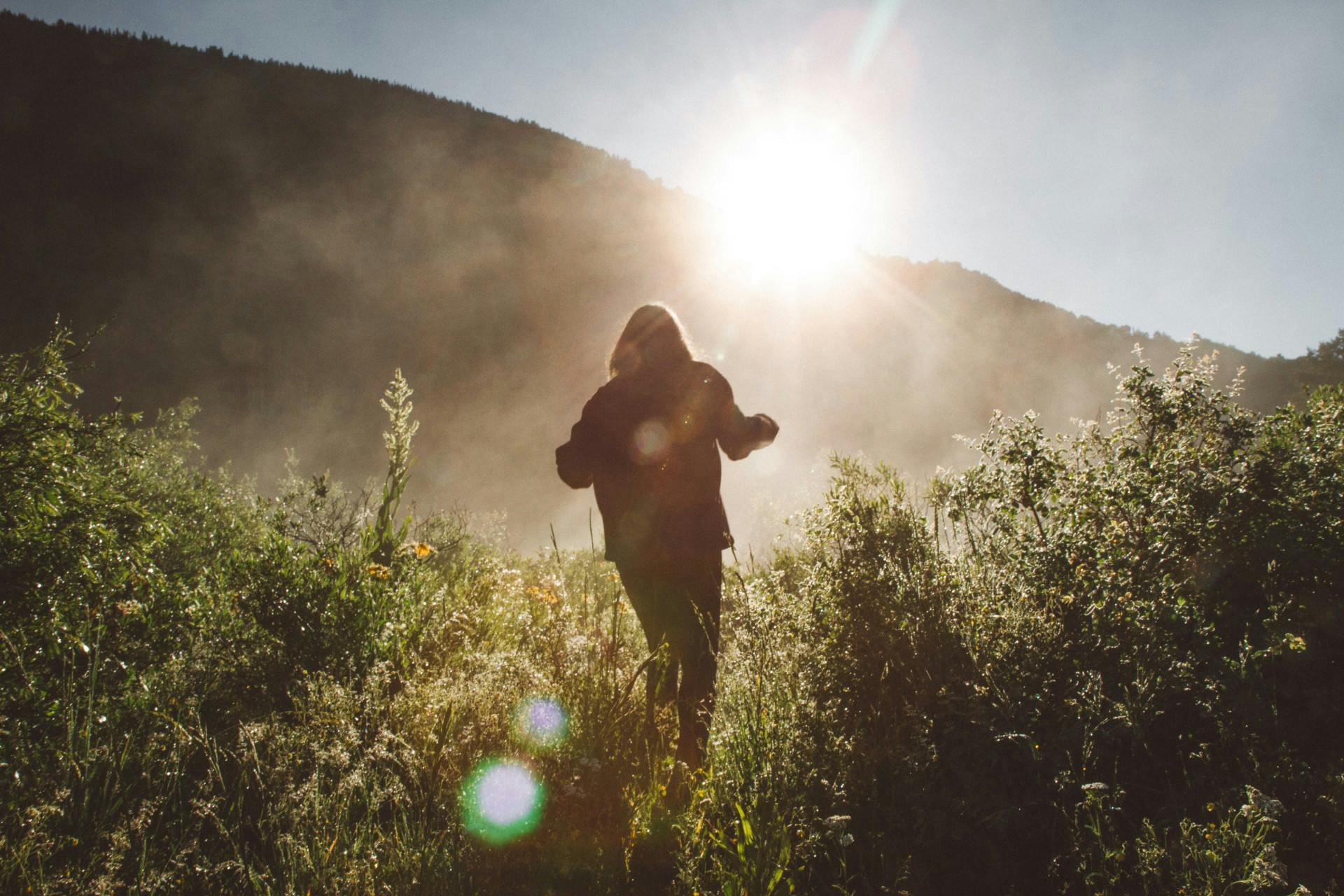
Photo by Holly Mandarich on Unsplash
ㅤ
2. Check the Weather Forecast
A basic – but easily forgotten. The weather out on the trails and in the mountains can change rapidly – make sure you’re prepared for all weather conditions and if the forecast looks particularly ominous, postpone your trip. Safety is paramount, not to mention poor weather conditions in exposed areas make for a miserable running and camping experience.
ㅤ
3. Take a Friend
Even seasoned ultra runners will often run pairs for safety. The last thing you want is to be on your own in a remote area if anything goes wrong, not to mention it’s more fun to have someone else along for the ride and experience. It’s also useful to have another pair of hands for pitching the tent and to help navigate.
ㅤ
4. Plan Your Route
Don’t wing this – running in unfamiliar, remote surroundings means meticulously planning your route – and taking along a map and compass just in case. If you’ve ever hill-walked in the fog, you’ll know how easy it is to become confused and lose your bearings. It’s also important to consider how much daylight you’ll have and work out where and when you’ll need to be before dark - make sure you’ve got your route and timings nailed down before you go.
ㅤ
5. Get the Basics Covered
That means alongside your running kit, making sure you’re also covering off shelter, protection and food and drink. Will there be somewhere for you to eat, or will you need to take along supplies? Make sure you have kit to keep you warm and comfortable when the temperatures drop at night and wind and rain protection for when you’re out of the tent.
ㅤ
BASIC FASTPACKING KIT LIST
Tent – if you’re carrying this, keep it as light, easy to carry and simple to set up as possible.
Insulating sleeping bag.
Running specific backpack – opt for plenty of compartments to easily stow and locate your kit.
Running tights and/or shorts.
Technical socks, plus spares.
Waterproof outer shell jacket – ideally with waterproof trail pants.
Warm clothes for night time.
Food and hydration supplies.
Map & Compass.
Sunscreen.
Insect repellent.
ㅤ
Interested in the latest shoes, apparel and technology? Then head over to our Kit & Gear category for more reviews, tips, advice and product releases.
Welcome
Welcome to SportsShoes Kit & Gear Hub! Here you'll find all the information and advice you need about the very latest kit, technology and gear.
Read More
Share this
Featured articles
View All
